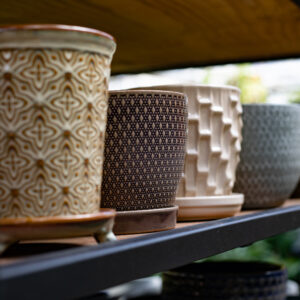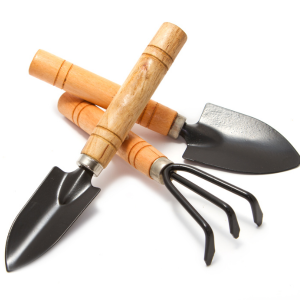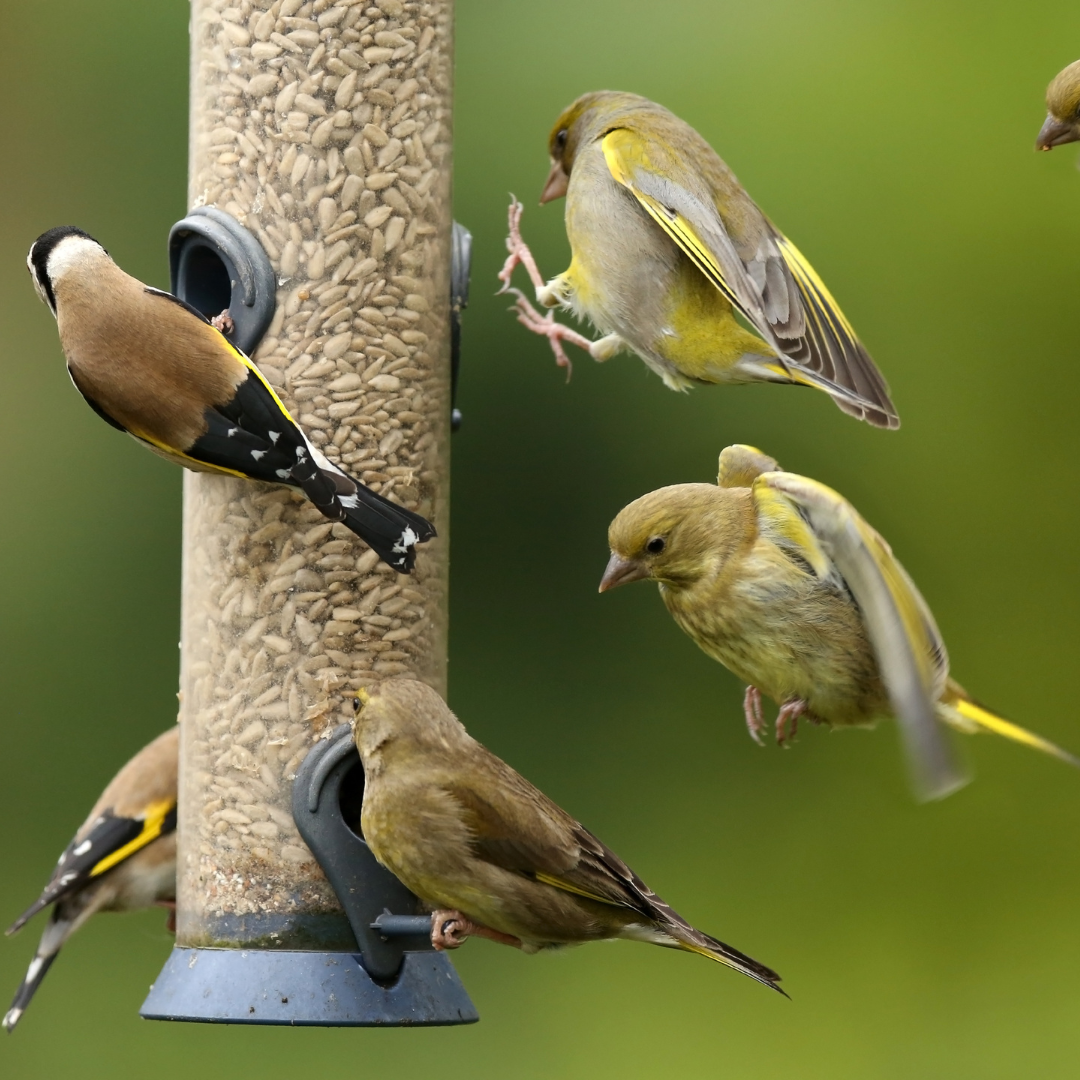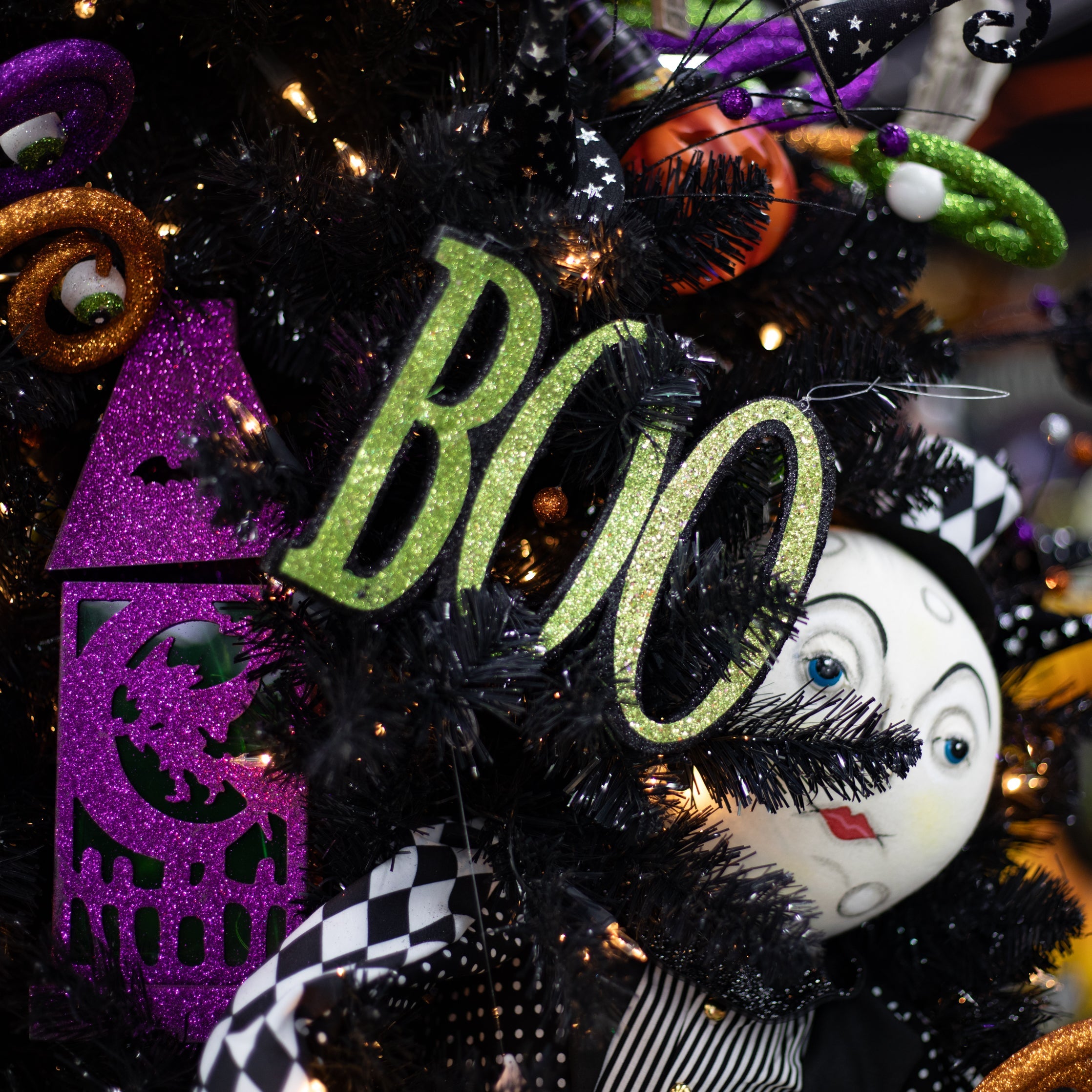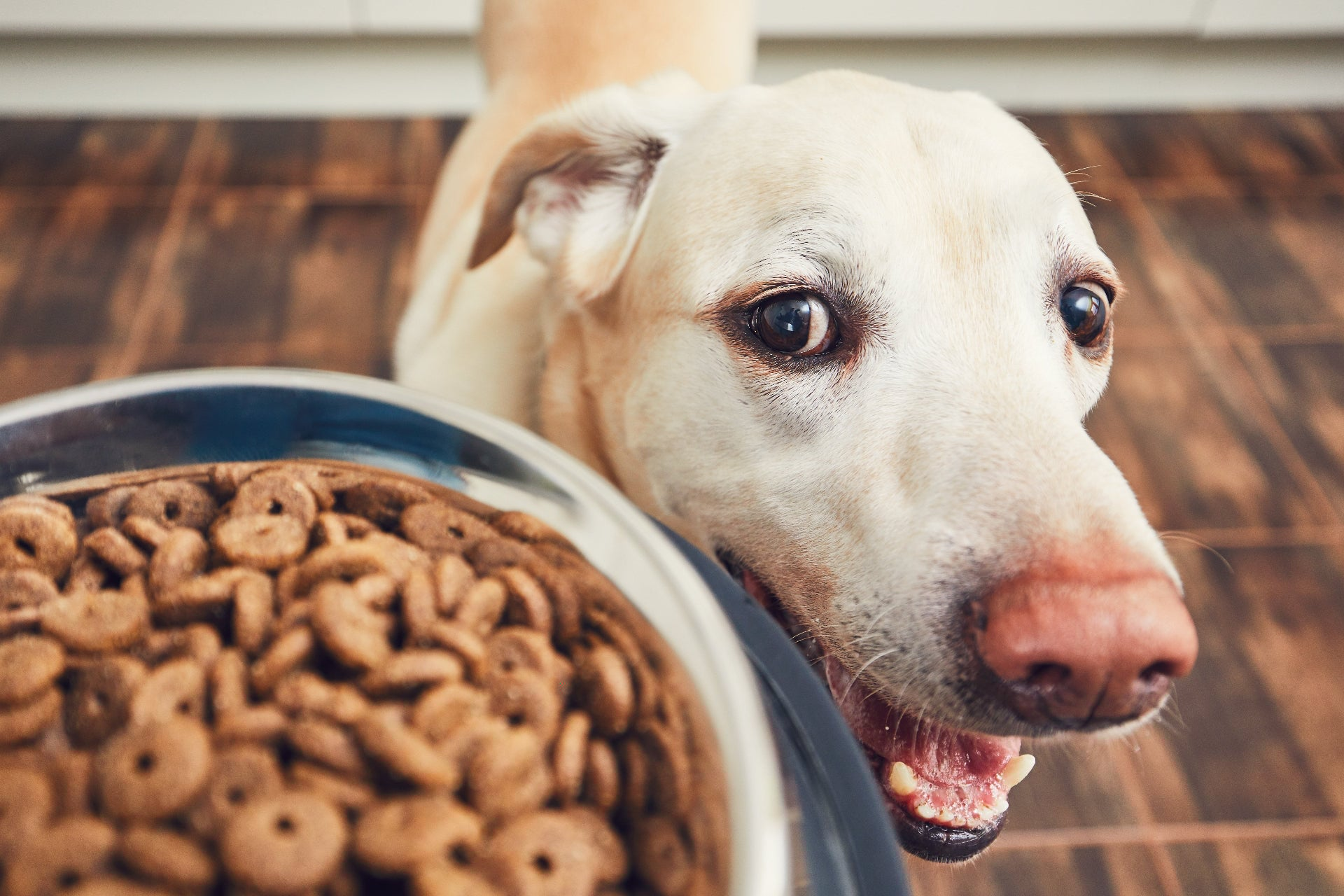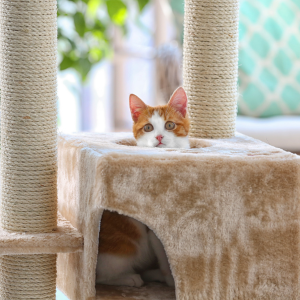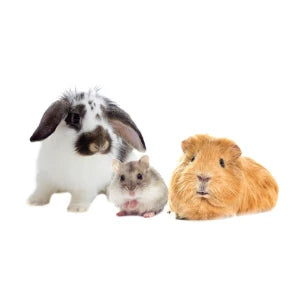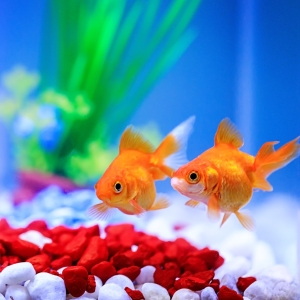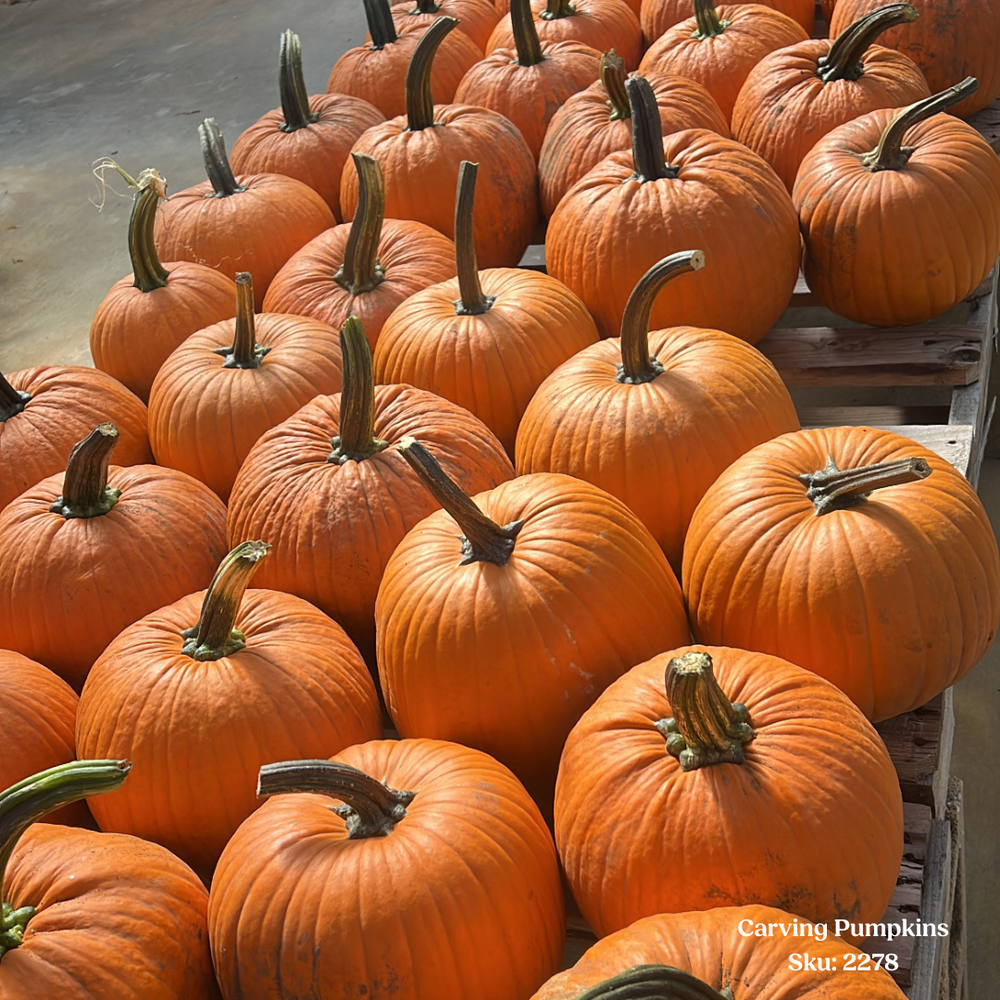Venus Flytrap Care Tips
The Venus Flytrap is a fascinating carnivorous plant known for its jaw-like leaves that snap shut on unsuspecting insects.
Native to nutrient-poor bogs, it thrives on bright light, pure water, and curiosity.
A conversation starter and natural bug-catcher, it’s perfect for plant lovers seeking something truly out of the ordinary.

Light
Needs at least 4–6 hours of direct sunlight daily. Indoors: place in a sunny south- or west-facing window. Under grow lights: 12–14 hours/day.

Watering
Use only distilled, rainwater, or reverse osmosis water. Keep soil damp at all times—never let dry out. Water from below using a tray system.

Humidity
Prefers moderate to high humidity. Adapts to average indoor humidity with proper watering. Avoid dry air or blowing heaters.

Temperature
Ideal range: 70–90°F (21–32°C) during growing season. Tolerates cooler temps (40–55°F) during dormancy.

Soil
Use a 1:1 mix of sphagnum peat moss and perlite or sand. No fertilizer or compost—nutrient-poor soil is essential.

Fertilizing
Do not fertilize—can damage roots. Feeds on insects naturally. Feed only 1 insect per 1/3 of traps at a time. If every trap closes at once, the plant cannot photosynthesize properly and may die back

Repotting
Every 1–2 years in early spring. Use fresh carnivorous plant mix.

Pruning & Cleaning
Remove dead traps and leaves to prevent mold. Gently trim at the base with clean scissors.

Pet Safety
Non-toxic to cats and dogs. Completely safe, though curious pets may damage traps.

Common Problems
Blackened traps = natural aging or overfeeding. Limp growth = low light or mineral-heavy water. No new traps = dormancy or not enough sun.

Common Pests
Watch out for aphids, spider mites, and scale.

Fun Fact
Each trap closes only a few times before dying, and triggers must be touched twice to snap shut—preventing false alarms!



